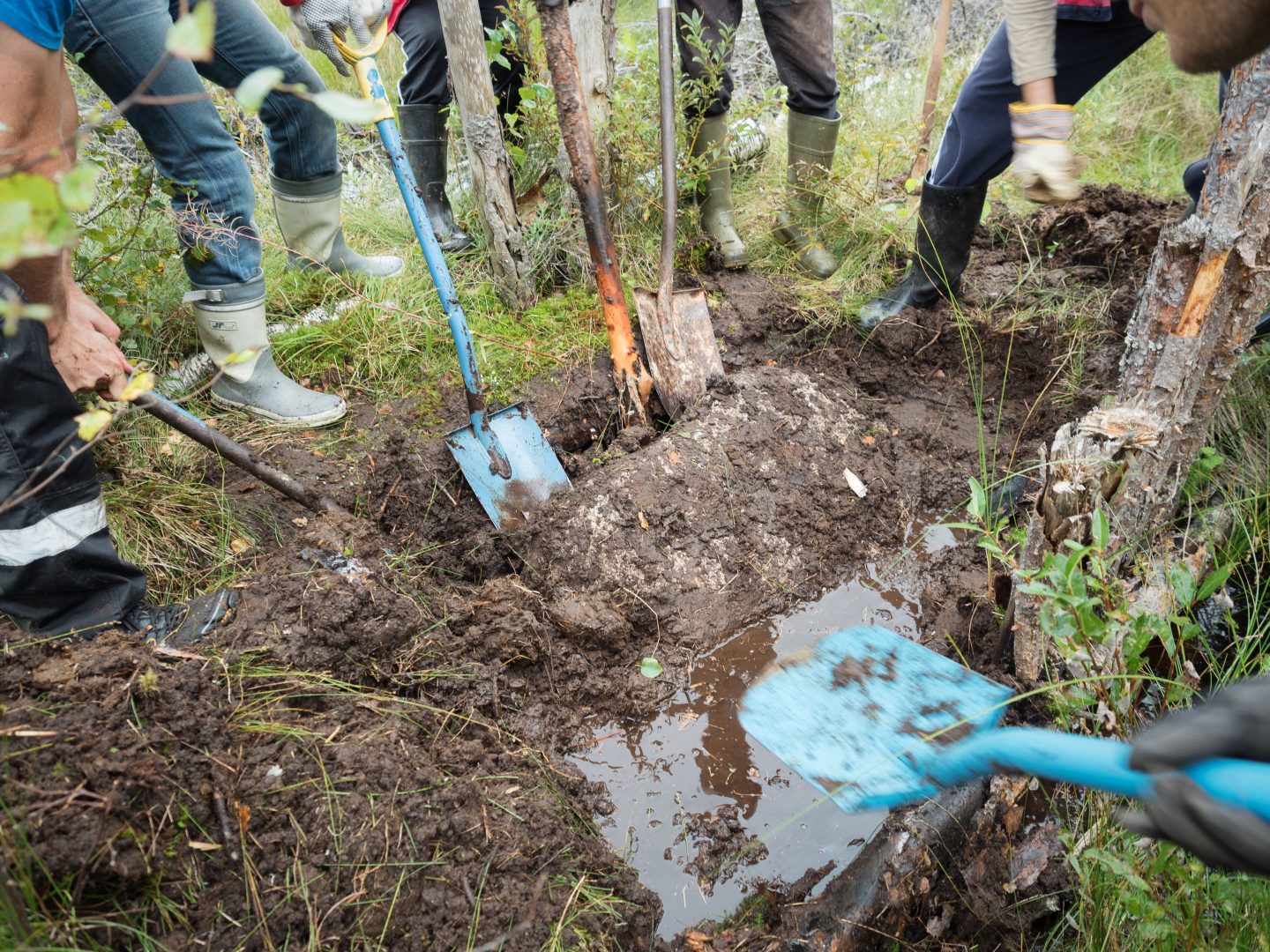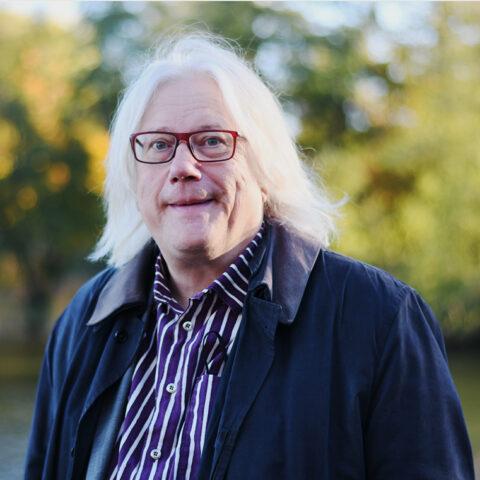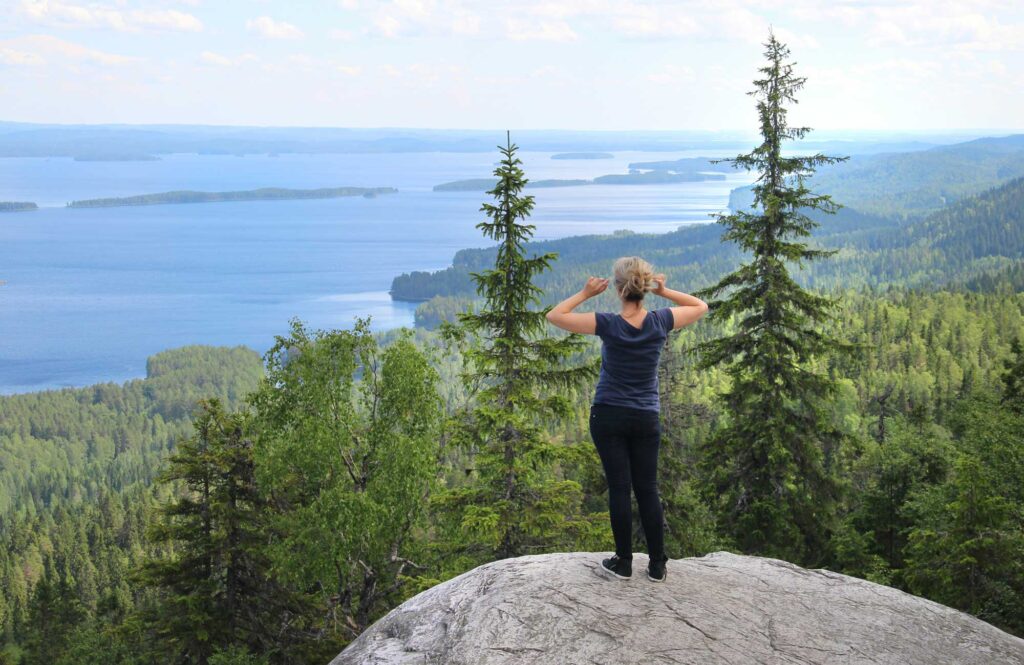EU:n kuuleminen ennallistamisesta
–
Luonnonsuojeluliitto kannatti EU:n kuulemisessa lämpimästi ennallistamista ja sen laillisesti sitovia tavoitteita, koska vapaaehtoisia eivät jäsenmaat ole toteuttaneet.

Osana European Green Dealia on Biodiversiteettistrategia ja sen ennallistamistavoitteiden kehittäminen. Siitä oli EU:ssa kaikille avoin kuuleminen: ”EU Protecting biodiversity: nature restoration targets under EU biodiversity strategy”.
Suojelupäällikkö Tapani Veistola korosti liiton vastauksessa laillisesti sitovien tavoitteiden merkitystä, koska vanhat vapaaehtoiset tavoitteet eivät ole toteutuneet:
Suomen luonnonsuojeluliitto (The Finnish Association) is the oldest and biggest environmental non-governmental organisation in Finland. We have done restoration work in practice in our projects especially with traditional rural habitats and peatlands.
We welcome the legal tool, because current commitments have not been enough. For example, Finland has made many projects to develop restoration (e.g. ELITE, HELMI), but results are far away from older CBD, EU or national targets.
There are some voluntary systems collecting money for restoration. In Finland the biggest of them is Hiilipörssi. It was developed in our organisation for peatland restoration, and now it is independent. However, these voluntary systems can’t replace legal instruments.
Legal instrument is the best option, because it gives binding targets. Old EU and national biodiversity strategies and restoration targets failed, because Member States didn’t invest in them enough money. There was lack of legal basis and sanctions. Legal instument can give large scale (e.g. 15 % of the EU’s land and sea areas and rivers into free flowing by 2030). It can lead also to proper scientific planning (e.g. connectivity planning with Zonation program or other tools).
Also other EU policies and funding instruments should support restoration. It is essential to put especially Common Agricultural Policy and Farm to Fork Strategy support restoration. In our country farmers are still taking new peatlands into cultivation. That is a vast problem: peatlands are only a small part of our agriculture land, but they are causing the majority of carbon emissios from our agriculture. On other side, thare there is big potential in peatland restoration, paludiculture, agroecology and carbon farming. CAP should be reformed and ecosystem services should become basis of payments in the future.
Restoration is important also in forests. The best option in Boreal region is to allow natural forests to grow older and larger, so they can become connected to other high nature value forests in the long run. Afforestation is not always the best option for e.g. peatlands, and it should be made only by native species in suitable places (not in e.g. traditional rural habitats and High Nature Value farmland). Some afforestation payments can become perverse incentives, especially if it is legal to have forestry in these areas in the future.
Restoration is usually good for other environmental targets, like climate change mitigation and adaptation. However, it is important to understand and accept, that in some special cases restoration is essential for biodiversity despite some temporary emissions to climate or waters (e.g. some peatland habitats).
It is important to protect all restored lands and waters, so their nature values can live long. In some special areas management is needed also in the future, for example in open sandy habitats against Invasive Alien Species flora as Rosa rugosa etc. and meadows against of too many bushes.
Monitoring and feedback is essential. All the data should be public and NGOs should have legal tools to act as watchdogs for nature.
On behalf of Suomen luonnonsuojeluliitto
Tapani Veistola
Head of nature conservation unit
Lisätietoja

Toiminnanjohtaja Tapani Veistola
- +358 400 615 530
- tapani.veistola(a)sll.fi

